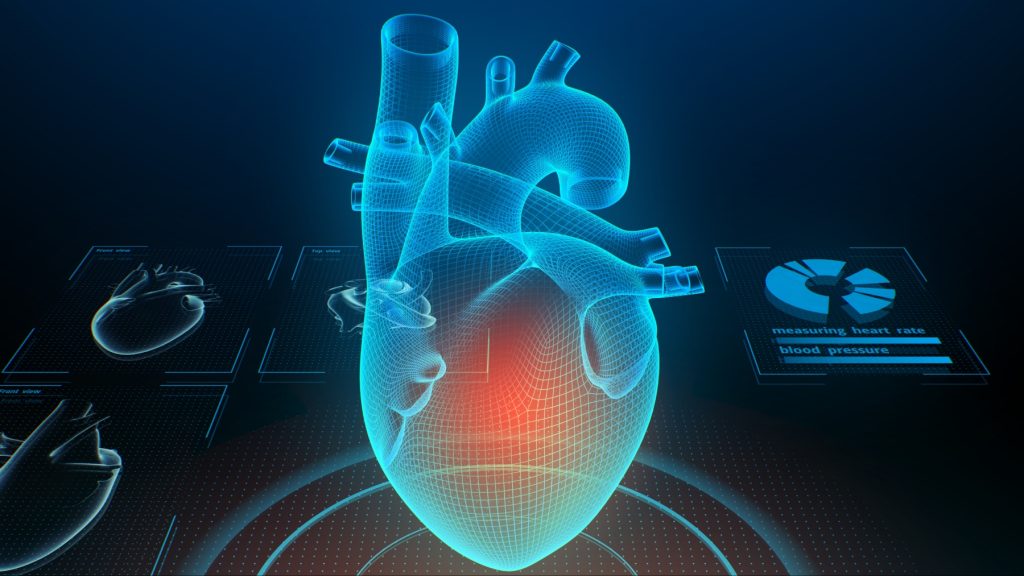
An AI-powered stethoscope marks a significant breakthrough in identifying heart disease early. This technology diagnoses the ailment swiftly and inexpensively compared to conventional methods. This innovation stands to potentially save numerous lives.
Reports from “The Financial Times” indicate that British healthcare authorities have distributed over 200 AI-powered stethoscopes to clinics across the country. After acquiring necessary approvals and conducting trials, these devices enable heart disease diagnosis in smaller clinics, eliminating the need for hospital referrals or specialized centers.
Resembling the traditional stethoscope used for two centuries, the AI-powered version swiftly detects heart conditions. The Healthcare Regulatory Authority has licensed this tool for use by general doctors, marking it as the premier AI-driven medical device capable of prescribing life-saving medication without specialist consultations.
The implications of AI diagnostics are profound for Britain’s healthcare system. With mounting pressure, particularly during a severe winter season forecasted after October’s record-breaking 7.7 million non-urgent appointments, this technology can offer immediate, cost-effective results. It can also aid in queue management and prevent numerous fatalities.
Mihir Kelshiker, an NHS cardiologist overseeing the tool’s deployment, highlights the urgency: “There are approximately 300,000 heart patients awaiting diagnoses. This innovation aims to address their needs promptly.”
In Britain, the prevalence of heart disease is expected to double. Kelshiker emphasizes the importance of early intervention while patients wait for conventional tests.
The current diagnostic process for cardiac patients is sluggish, involving initial assessments by GPs with subsequent confirmation through blood tests and referrals for specialized electrocardiograms. Treatment hinges on confirmation from these tests.
Despite the intended timeline of six to eight weeks for diagnosis, the reality is a prolonged wait of eight to 12 months to consult a cardiologist. Kelshiker underscores the grim toll: “Around 30,000 individuals perish annually while awaiting these crucial tests. Lives are lost unnecessarily due to this bottleneck.”
Inside Telecom provides you with an extensive list of content covering all aspects of the Tech industry. Keep an eye on our Medtech section to stay informed and updated with our daily articles.